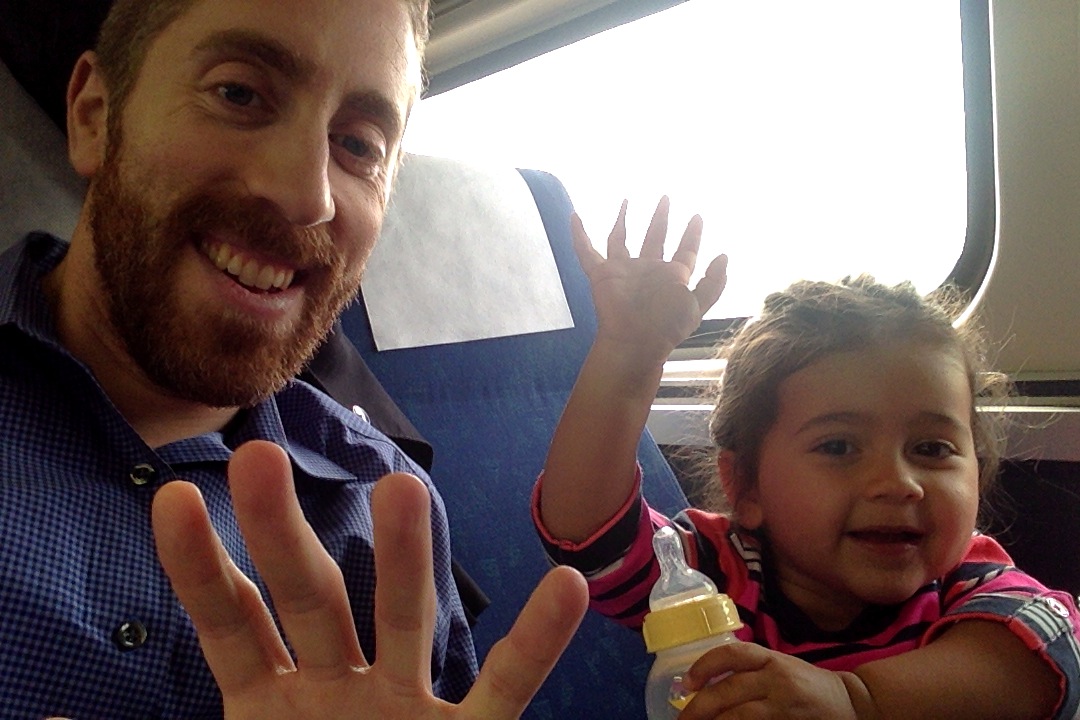I’m writing this particular piece on the southbound Amtrak from Los Angeles to San Diego. My daughter and I are on our way to pick up my wife from her Navy base, where she’s on reserve duty at the moment. We’re going to drive her back home, since she’s exhausted from turning wrenches at the shop and taking final exams all week long. I note that we’re not taking the train back on the return leg, as much as we might like the idea.
That’s for a variety of reasons. One is that the cost for the three of us, one-way, is $92.50. That’s about the same cost as the fuel it would take, plus wear-and-tear on the car. But the Amtrak will only take us from downtown San Diego to downtown Los Angeles. We’d still have to find our way to and from the station on a bus. That only adds a few dollars to the cost, but it adds a whole two hours to the travel time–plus walking, with luggage.
High-speed rail would have to cut nearly two hours out of that journey to make it worthwhile–even without taking potentially higher ticket prices into account. That’s theoretically possible, but almost certainly very expensive, and there would have to be almost no stops between L.A. and San Diego. Looking around, that’s not what people want: many of our fellow passengers are making local stops in Orange County and the beaches.
Even ordinary passenger rail is not profitable. This particular line, the Pacific Surfliner, is a money-loser and runs at about one-third of capacity. That’s not because the train doesn’t go fast enough. It’s because the train is usually as expensive, or more expensive, than travel by car, while being far less flexible. Also–you can’t beat the views from the Surfliner, which runs past SoCal’s spectacular golden beaches. Why pay more to rush past them?

COMMENTS
Please let us know if you're having issues with commenting.